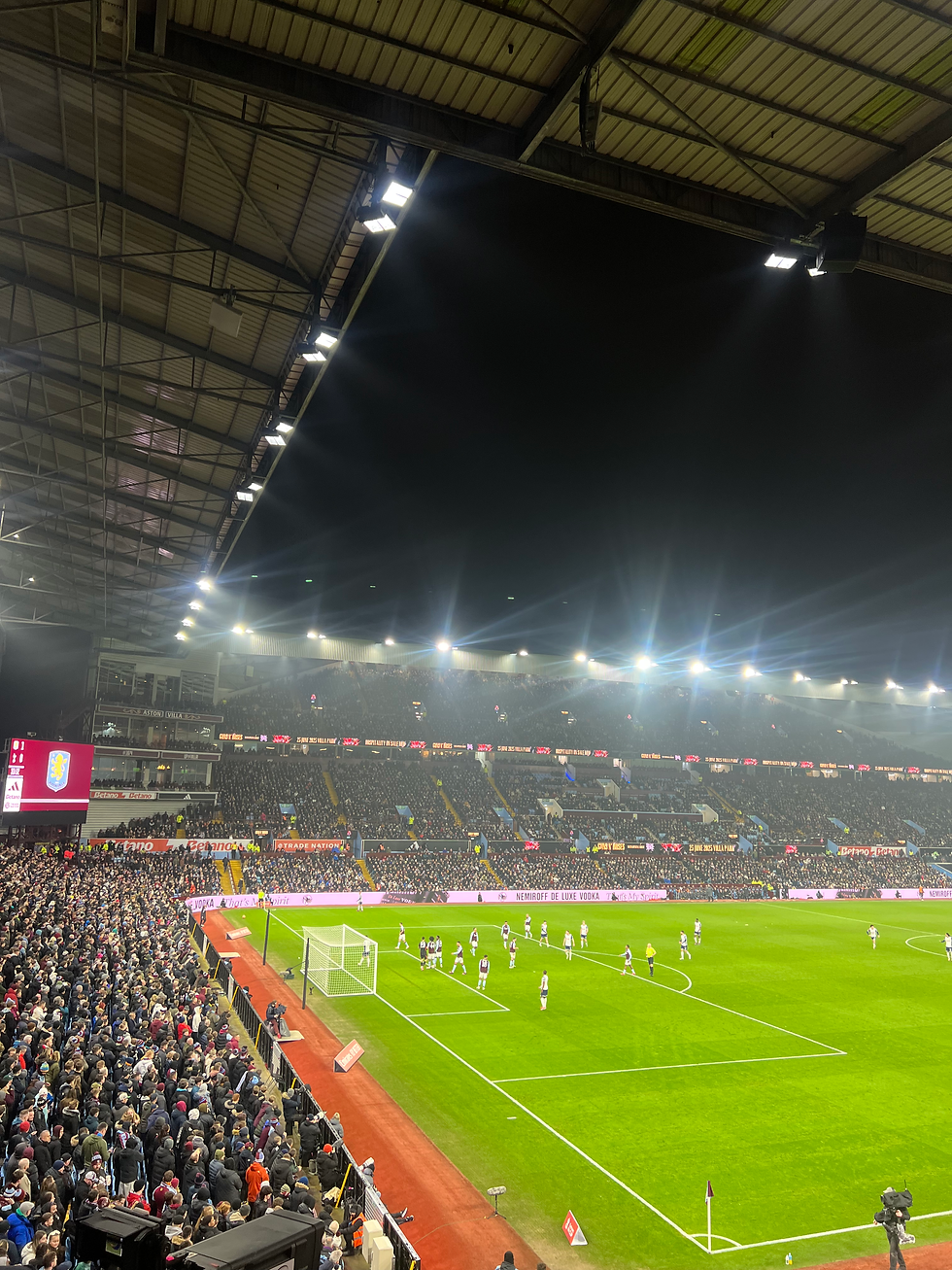Top 5 Struggles of Women in Football
- mleecharteris
- Apr 24
- 2 min read

Women's football is slowly but growing and becoming more widely accepted in mainstream media. However, it is clear that it will never be respected as equal to the men's game, and women in sport face struggles every day.
Discrimination and unacceptance:
Female footballers are known to face discriminatory language and behaviour against them and their careers, dealing with sexism and mistreatment solely due to their gender. Discrimination caused by gender is also common across social media platforms now, too, taking the form of hate comments, including themes such as sexualisation and harassment. This can lead to women feeling out of place in the sport and result in low self-esteem and self-belief.
Lack of funding and opportunities:
Compared to the men's game, women in football deal with poor facilities and worse opportunities, such as
lower quality training grounds, equipment, and staff. They are expected to perform at a high level, but without the same amenities that males in football are provided with, as there is less funding put into women's facilities and the sport itself. This lack of support and infrastructure links to inequality and the idea that women's football is viewed as inferior to the men's game.
Media coverage and visibility:
Women's football and female footballers are less exposed in the media, and although this is slowly seeing change, with female fixtures making television and with the power of social media, it is still visibly different in comparison to men's football. Without this exposure, fewer people are aware of the game, meaning fewer fans, which equals even less funding towards the sport. You don't see this issue in men's football, as it is more appreciated and is showcased everywhere and across all platforms. This concept links to women working off the pitch too, for example, female presenters and broadcasters don't get as much visibility, and even when they are, they are often faced with the obstacle of hate and backlash after appearing in the media.
Gender pay gap:
The gender pay gap is not relevant for football alone, but in many workplaces, but it is significantly different in this game. Many female footballers have other professions, as being a footballer alone does not create enough income to support themselves and their families etc, whereas even male players of lower leagues are paid enough to focus solely on football. This is seen as an unfair difference in the game, as factors such as pregnancies are also tied in here; not only are women also getting paid less, but they also take time out of the game for maternity leave, etc.
Injuries:
A problem for everyone, but more commonly in women, injuries are another struggle faced by female athletes. It is said that females are reportedly 2 to 8 times more likely to sustain an ACL injury, being commonly known as one of the worst and most tedious injuries in terms of recovery and setbacks. This can be down to differences in anatomy or the different influence of hormones, but for any footballer, sports injuries are a major obstacle, one that takes a toll on not only one's physical well-being but also mental health.








Comments